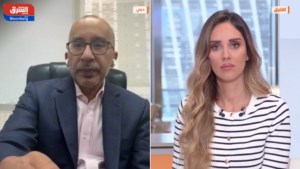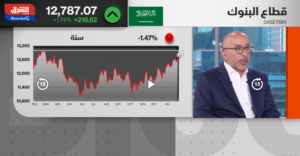Nobody knows what the exact tally is on the number of projects currently in the process of stalling in Dubai as a result of cashflow problems, and/or as a result of the fallout of the Arabtec liquidation.
That score will be tallied in the months ahead as the reverberations of the COVID-19 fallout continue to work their way through the economy. However, even as the updated Bankruptcy Law gets tested in the medium-term, what we do know is that the best way for subcontractors and suppliers to recover their money is to work directly with developers where the problems arise.
Contractors and subcontractors alike work under the “shadow of the future”, whereby work is taken on at reduced margins under the expectation of a promised pipeline ahead. This process of “margin compression”, which has been underway in the industry since 2014, has been partially offset by higher volume of work.
A drag sets in
However, this cycle stops completely when either the contractor, any of the subcontractors, or the developer runs out of cash, leading to a cascade effect that leads to stalled projects, which often become very difficult to revive. This is being seen throughout the world, where, even as demand spikes for townhouses due to people preferring space as a result of working from home, condominium projects are stalling at an accelerated pace.
This is being compounded by the fact that construction finance is scarce due to banks’ unwillingness to lend.
Go direct
In Dubai, the most successful examples of projects being revived revolve around the subcontractors working in concert with the developer to overcome the cash crunch and betting on the future. Either through converting part of their dues into equity and therefore having a vested stake in the completion and subsequent upside of the project.
Or extending payment plans such that cashflows are streamlined going forward, allowing for construction works to continue. This is an age old phenomena, and despite the advances in both regulation and litigation, empirically remains the best way for all stakeholders involved.
When examined, it is a variation of the “shadow of the future” mechanism that the industry has been operating on for decades, and it is the trust factor that glues and drives the project forward. Unsurprisingly, it is exactly at this time that trust levels are at their lowest, which is why disputes erupt.
Carrying most of the burden
It is clear that the private sector developers will once again bear the brunt of the fallout of the stalled projects phenomena, thus denting the confidence of investors (especially since government-backed developers will have easier access to credit lines).
However, as the Arabtec fallout illustrates, even the latter will be forced to deal with the complexity of dealing with subcontractors if project cost escalation and delays are to avoided. Capital (and recapitalization) remains the variable.
But absent the spigots opening up from the banks and investors, the ecosystem can only be managed through collaboration between the various parties, even as the construction industry consolidates to make the process more manageable.
Clearing the path
Dispute resolution mechanisms are far more streamlined, and with the updated Bankruptcy Law in the backdrop, there exists a strong impetus to focus on removing the scourge of stalled projects in this cycle such that value is preserved and protected from inception till completion.
The Law provides further impetus towards facilitating time-honoured practices of the industry. Contrary to what happened in the bust cycle of 2009-11, it would be interesting to observe how the industry reacts to the current events, especially since optimism starts to return given the Expo.
Delays in real estate projects are common, especially given the aggressive timelines that were historically given. And which could not be fulfilled as the market started to slow down well before the onset of the pandemic.
Not terminal
However, delays do not necessarily have to mean stalling, and to avoid the latter, the symbiosis in the industry needs to be strengthened, whether through the overhauled bankruptcy process, which now allows for liabilities to be converted into equity.
Or through compromises between the various stakeholders such that the interest of all are aligned and everyone is incentivized towards the same goal. This updated “shadow of the future” framework needs to permeate through the industry.
The sooner it does, the closer we are to the revival of confidence and – ultimately – asset values.
– Sameer Lakhani is Managing Director of Global Capital Partners.





